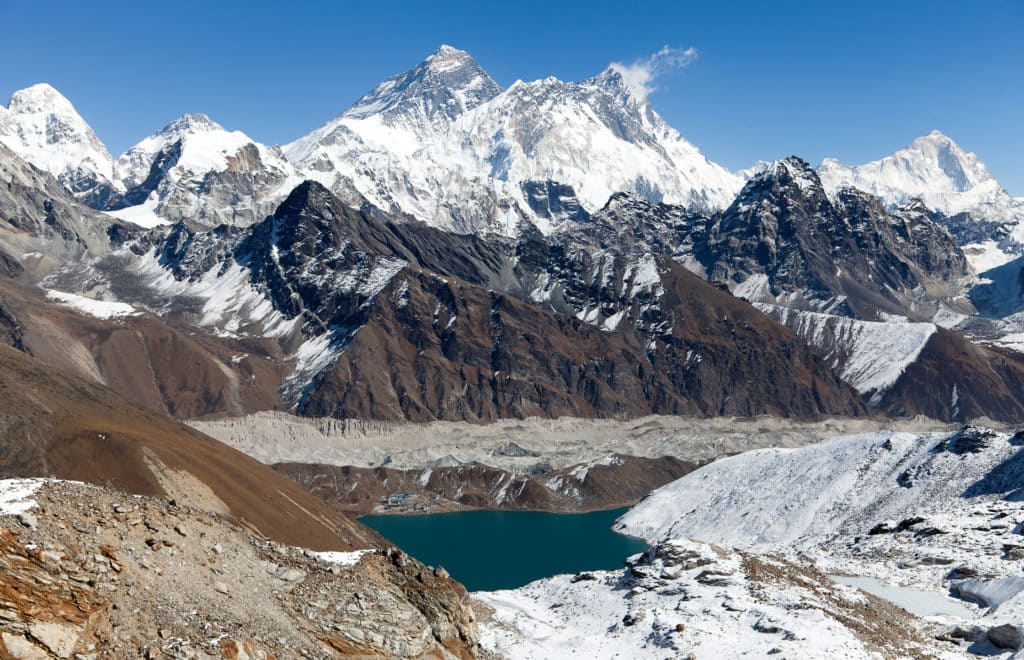
Detailed Case Study: Himalayan Mountain Formation
Title
Detailed Case Study: Himalayan Mountain Formation
Author
1. Mir Riyaz,
Student, Kashmir University, India
2. Hakim Hussain,
Student, Kashmir University, India
Abstract
The smashing of
the Indian and Eurasian tectonic plates, which started around 50 million years
ago, is the primary driver of the geological processes and the creation of the
Himalayas. With subduction, melting, and crustal buckling, tectonic activity is
still forming the area and creating the tallest peaks on Earth. This dynamic
geological past has biological ramifications, generating a biodiversity-rich
centre with various microclimates and acting as the source of major Asian
rivers.
The Himalayas'
environmental problems and human activity are entwined with geological
processes, which affects the region's reliance on agriculture and makes it more
vulnerable to natural catastrophes like floods, landslides, and earthquakes.
Because rivers are vital to populations' agricultural livelihoods, tectonic
activity may cause changes in river flow, which can impair agrarian output.
Natural catastrophes, connected to continuous tectonic movements, threaten
human communities, infrastructure, and agriculture.
The main issues
for the future are research projects and conservation activities. Conservation
is essential in the Himalayas to preserve biodiversity and lessen risks from
climate change and human activity. This entails encouraging global cooperation,
protecting habitats, and advocating sustainable resource management.
Understanding the intricate interactions between tectonic movements, climate
change, and ecosystems requires ongoing study and observation. Strategies to
lessen adverse effects, increase resilience, and guarantee the sustainable
cohabitation of people and the distinctive Himalayan environment are informed
by this understanding.
Keywords
Conclusion
The Himalayas, forged by ancient tectonic
forces, stand as a geological marvel with profound ecological consequences.
Rich in biodiversity and diverse microclimates and serving as the source of
major rivers, the region is a testament to the interconnectedness of geological
and ecological processes. However, human activities and environmental
challenges, exacerbated by ongoing tectonic movements, underscore the need for
conservation efforts and comprehensive research initiatives. Future concerns
revolve around sustainable practices, international collaboration, and a deep
understanding of the complex dynamics that define the Himalayan landscape,
ensuring its preservation for future generations.
Author Contrubution
The author confirms sole responsibility for the following: study conception and design, data collection, analysis and interpretation of results, and manuscript preparation.
Funding
The authors did not receive any specific grants from funding agencies in the public, commercial, or non-profit sectors for the research, authorship, and/or publication of this article.
Conflict of Interest
All authors declare that they have no conflicts of interest.
Data Sharing Statement
Not applicable
Software And Tools Use
Not applicable
Acknowledgements
I thank the following individuals for their expertise and assistance in all aspects of our study and for their help in writing the manuscript. I am also grateful for the insightful comments given by anonymous peer reviewers. Everyone's generosity and expertise have improved this study in myriad ways and saved me from many errors.
Corresponding Author
Copyright
Copyright: ©2026 Corresponding Author. This is an open access article distributed under the terms of the Creative Commons Attribution License , which permits unrestricted use, distribution, and reproduction in any medium, provided the original author and source are credited.
Riyaz, Mir, and Hussain, Hakim. “Detailed Case Study: Himalayan Mountain Formation.” Scientific Research Journal of Environment, Earth and Physical Science, vol. 1, no. 2, 2023, pp. 8-14, https://isrdo.org/journal/SRJEEP/currentissue/detailed-case-study-himalayan-mountain-formation
Riyaz, M., & Hussain, H. (2023). Detailed Case Study: Himalayan Mountain Formation. Scientific Research Journal of Environment, Earth and Physical Science, 1(2), 8-14. https://isrdo.org/journal/SRJEEP/currentissue/detailed-case-study-himalayan-mountain-formation
Riyaz Mir and Hussain Hakim, Detailed Case Study: Himalayan Mountain Formation, Scientific Research Journal of Environment, Earth and Physical Science 1, no. 2(2023): 8-14, https://isrdo.org/journal/SRJEEP/currentissue/detailed-case-study-himalayan-mountain-formation
2676
Total words1108
Unique Words126
Sentence20.904761904762
Avg Sentence Length0.29424492945326
Subjectivity0.059389880952381
PolarityText Statistics
Viewed / Downloads
Total article views: 95 (including HTML, PDF, and XML)| HTML | XML | Total | |
|---|---|---|---|
| 63 | 19 | 13 | 95 |
Viewed (geographical distribution)
Thereof 95 with geography defined and 0 with unknown origin.